World War II kicked off in the autumn of 1939, with the Axis Powers slugging it out with the Allied Powers in what would end with over 70 million fatalities. WWII was indeed, the bloodiest conflict in history.
Fighting on the side of the Axis was Hitler’s Nazi Germany, Hirohito’s Japan, and Benito Mussolini’s fascist Italy.
In May 1939, just a few months before the Second World War began, Germany and Italy had signed a pact of military and political alliance, something they called the “Pact of Steel.” Apparently, going by that name, the pact seemed like something that could never be broken.
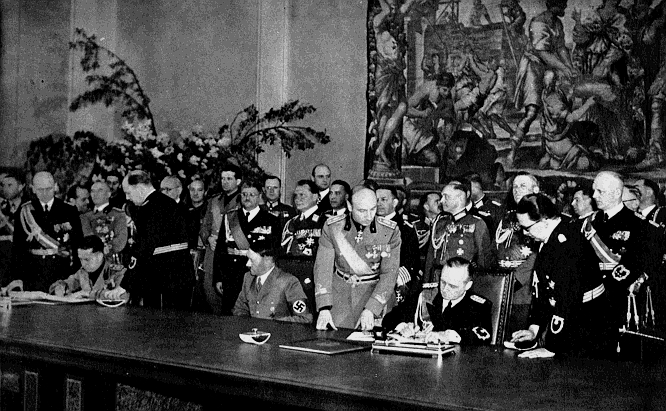
But in 1943, Italy agreed to an armistice with the Allies, pulling an unappreciated volte-face on Germany. This decision was bound to receive a heavy dose of repercussion, and the Nazis unleashed a highly unconventional weapon on their former Italian allies.
Before the armistice, by mid-1943 Italy’s hope for victory on the side of the Axis was in complete shambles. The Allies had stormed southern Italy. From Sicily down to the Roman Campagna, the countryside was pockmarked by a heavy rain of bombs and artillery.
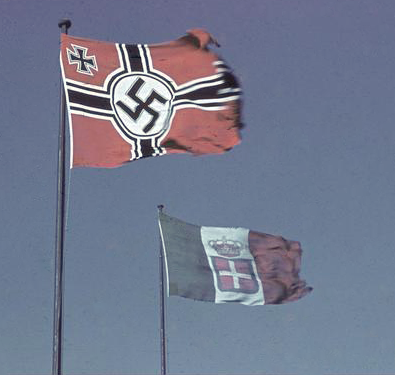
Public support for Mussolini heavily dwindled, and within a short time, the fascist leader lost his office. With the overthrow of Benito Mussolini, Hitler was about to lose his hold on Italy.
In the wake of the invasion of Sicily and the subsequent overthrow and arrest of Mussolini by members of the Gran Consiglio, the so-called Pact of Steel was permanently broken, with a new relationship forming between the Allies and the new Italian government.
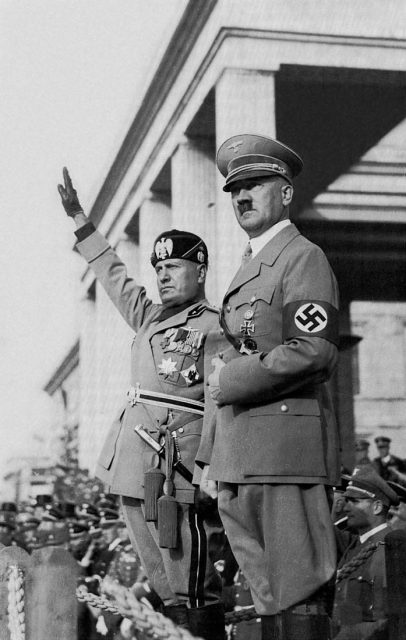
On September 28, the new government under General Pietro Badoglio declared themselves on the side of the Allies. As such, Italy now became an enemy of Nazi Germany.
Following this blow, Adolf Hitler sanctioned the military occupation of Italian regions. The German army, which already had men all over Italy, took advantage of the disarray within the Italian armed forces to seize strongholds within the country.
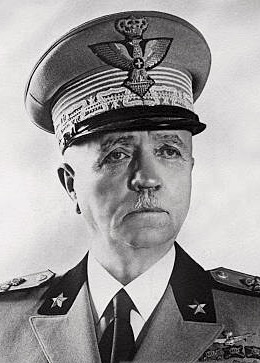
They enforced brutal policies on these regions, forcing civilians to work for them and plundering resources. There were several cases of deaths among the civilian populace wrought by the hands of German soldiers—a direct violation of the Geneva Convention.
But the most infamous action of the Third Reich in retaliation for Italy’s betrayal was initiated by Erich Martini.
Martini was a friend to the infamous Heinrich Himmler, the mastermind of the Holocaust. With Martini’s reputation as Europe’s leading malariologist, his knowledge became a weapon for Hitler to attempt to spread an epidemic in Italy.
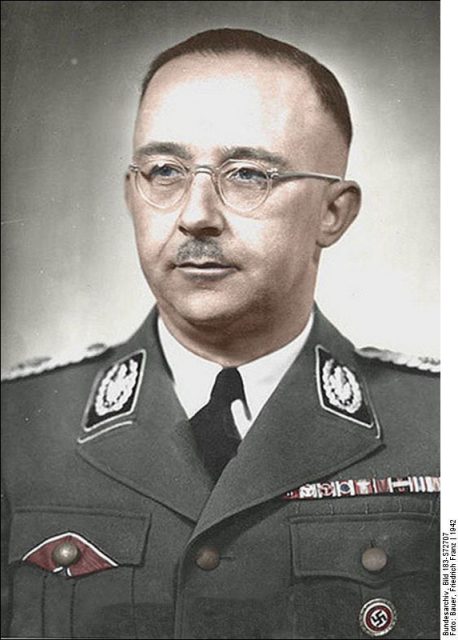
Although they lost the battle at Sicily, the Germans were successful in holding the Gustav Line which was just south of the Pontine Marshes, forcing the Allies to land at Anzio and Nettuno.
The Pontine Marshes extended along the coast about thirty miles to the south of Rome, and were also held by the Germans. During Mussolini’s time as prime minister of Italy, the Italians had drained out the swamps in the Pontine Marshes and successfully established 43 homesteads on the reclaimed lands.
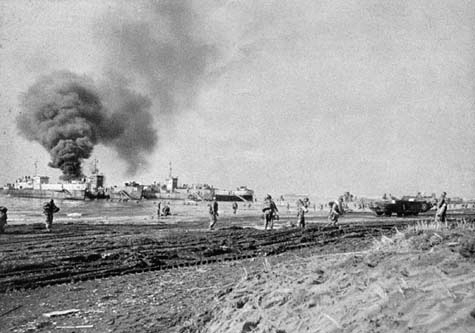
However, one form of Nazi retribution against Italy was the reversal of the draining systems. The discharge pumps in the region were reversed in such a way that the swamps in the Pontine Marshes were restored.
With Hitler’s approval, Martini’s team moved to carry out their deadly project in the Pontine Marshes. Over a million larvae of Anopheles labranchiae, mosquitos that are a highly efficient malaria vector, were reportedly introduced to the Pontine Marshes.
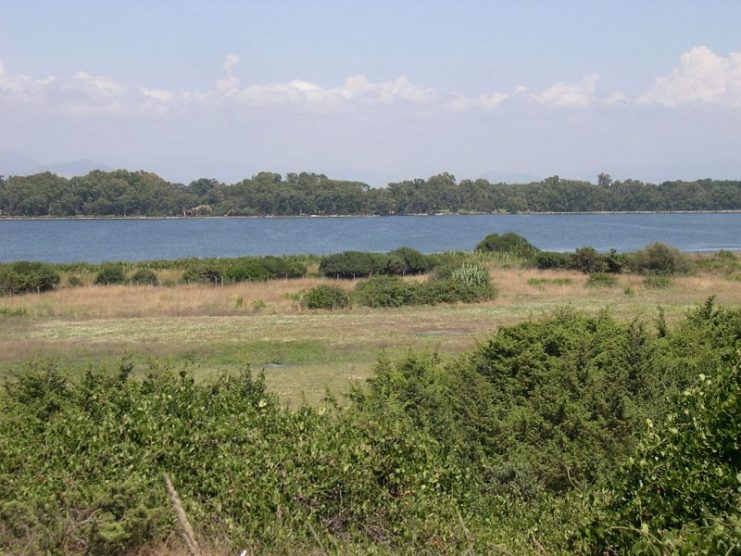
Seawater was also drawn into the marshland to flood it with salty water. The rapid increase in salinity made the area particularly unfit for plants and animals to survive. This modification of the environment, however, was suitable for the exponential growth of mosquitoes.
The project was of very minimal military consequence, but was devastating to the local civilian populace. To heighten its effect, the Nazis took down several health infrastructures, moved several water pumps, and bombed the ones that couldn’t be moved.
The flooding of the Pontine Marshes was understood to be an acceptable military tactic aimed at slowing the advance of the Allies. However, the deliberate spread of the malaria epidemic through the mosquitoes was an outright act of biological terrorism.
This was a breach of The Hague Treaty and the Geneva Convention which stood as agreements among their signatories, including Germany, to treat civilians humanely and desist from the use of biological and chemical weapons.
The Nazis’ spread of malaria is perhaps the only case of a biological attack in WWII. The resulting epidemic saw the infection of nearly 150,000 residents in the region from 1944 to 1946.
Malaria cases persisted in the region until the marshes were eventually drained again in 1950. After the drainage of the Pontine Marshes, the imported mosquitoes slowly died out and the malaria epidemic ended.
